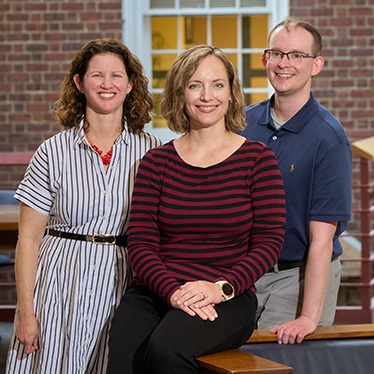Rural-Urban Variation in COVID-19 Experiences and Impacts among U.S. Working-Age Adults
Shannon Monnat
The ANNALS of the American Academy of Political and Social Science, February 2022
This study investigates rural-urban differences in COVID-19 in terms of its impacts on the physical and mental health, social relationships, employment, and financial hardship of U.S. working-age adults (18–64). I use data from the National Wellbeing Survey collected in February and March 2021 (N = 3,933).
Most respondents (58 percent) reported that COVID-19 has had a negative impact on their lives. Residents of rural counties adjacent to metro areas reported the worst outcomes: they were more likely than residents of large urban counties to report positive tests for coronavirus; to live with someone who tested positive or have a close friend or family member outside of the household test positive; to have a close friend or family member hospitalized; to seek treatment for anxiety or depression; to be late paying rent, mortgage, and other bills; to not be able to afford groceries or other necessities; and to get a loan from family or friends.
Recovery policies must consider geographic variation in COVID-19 vulnerability and impacts.
Related News
School News

Oct 16, 2025
Research

Sep 29, 2025
Research

Sep 24, 2025

